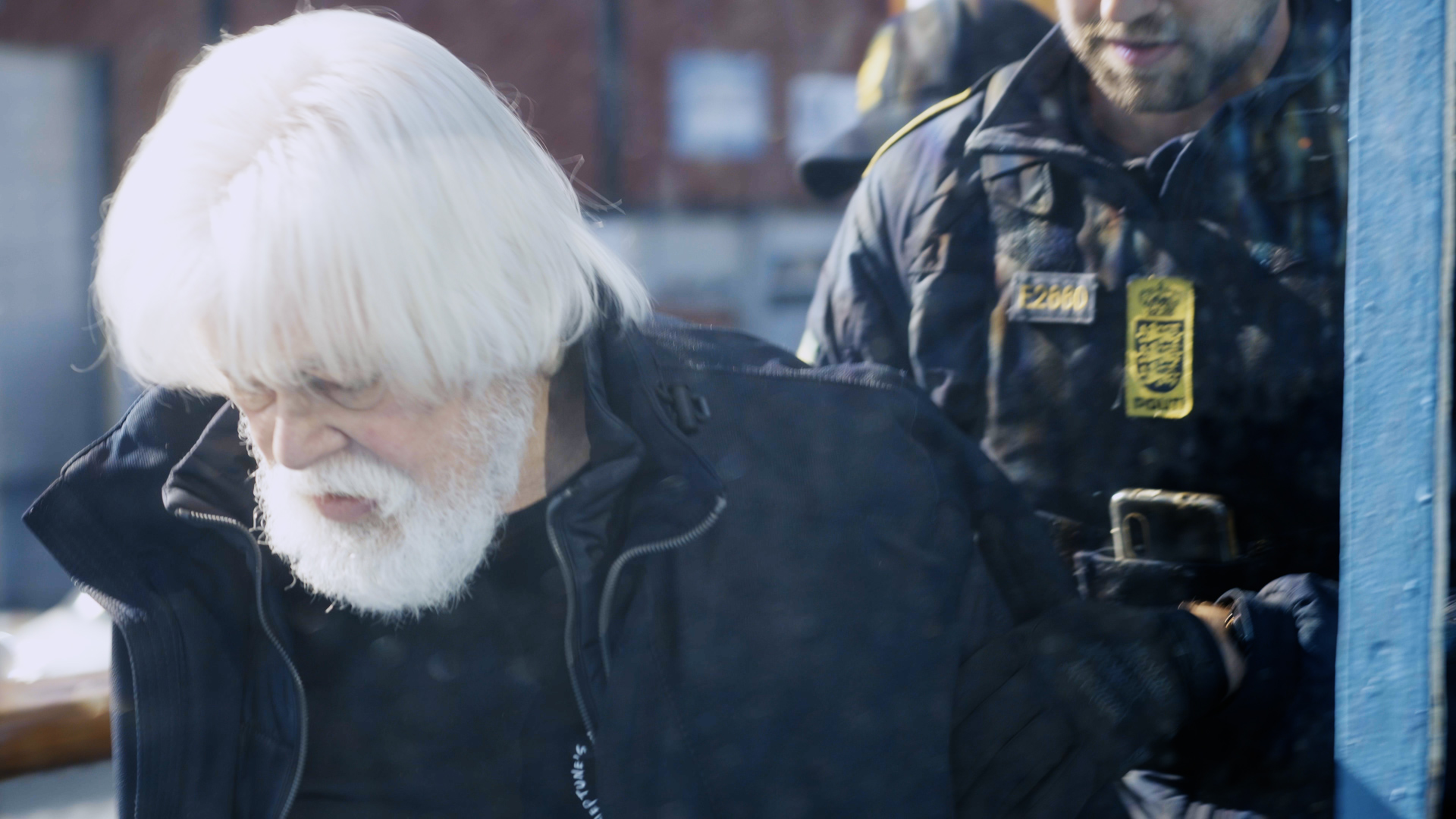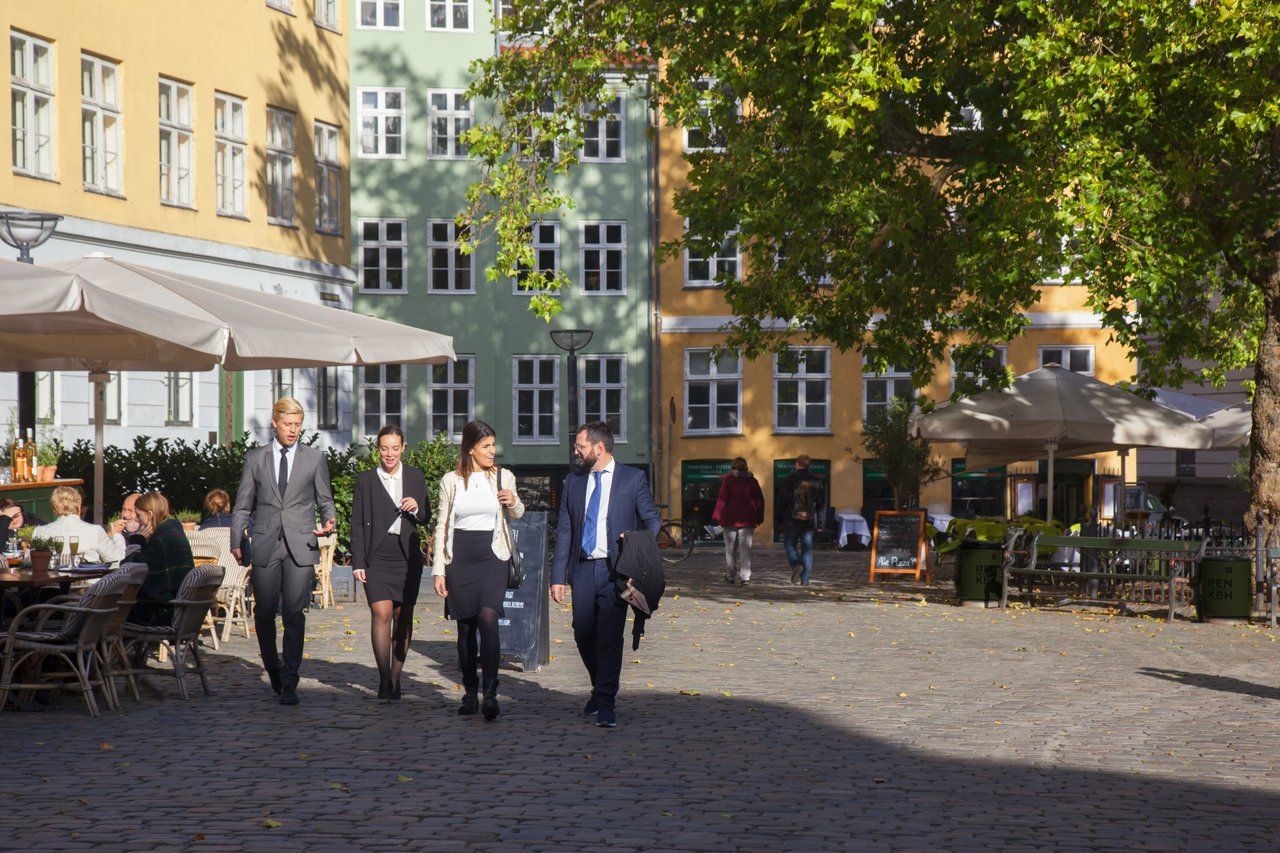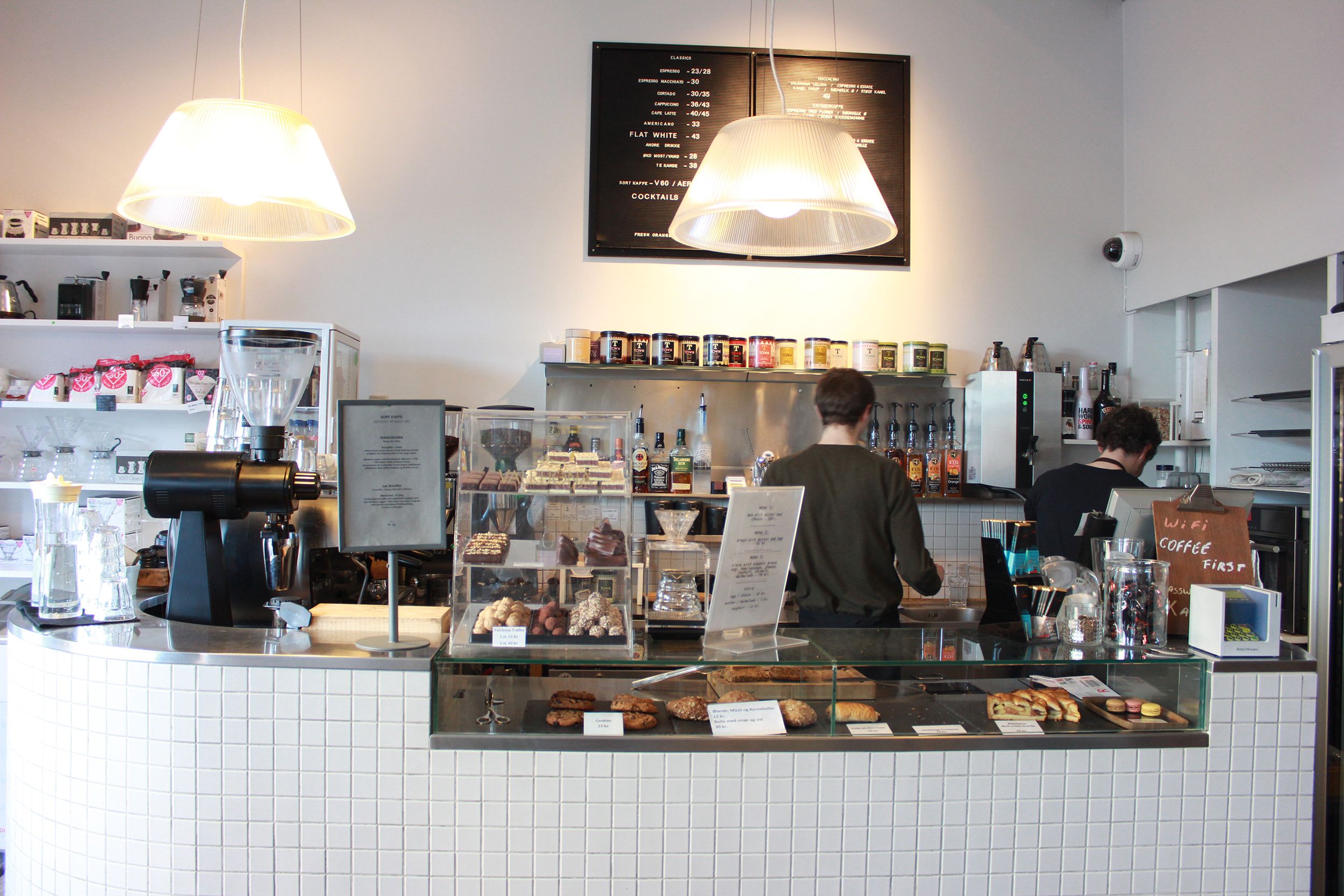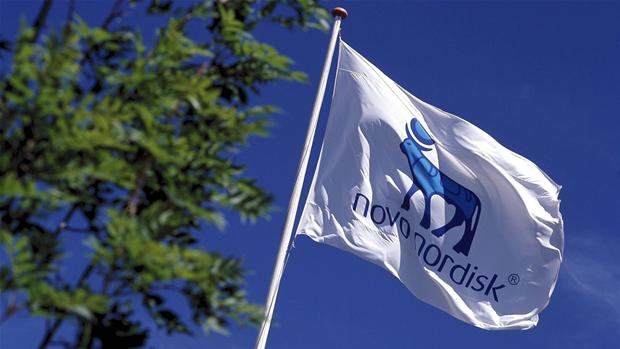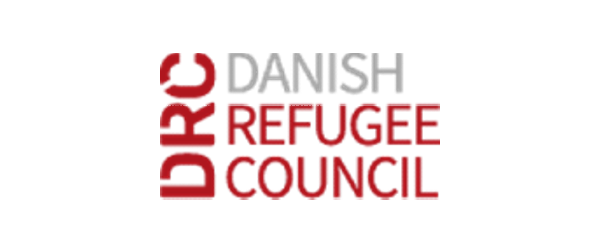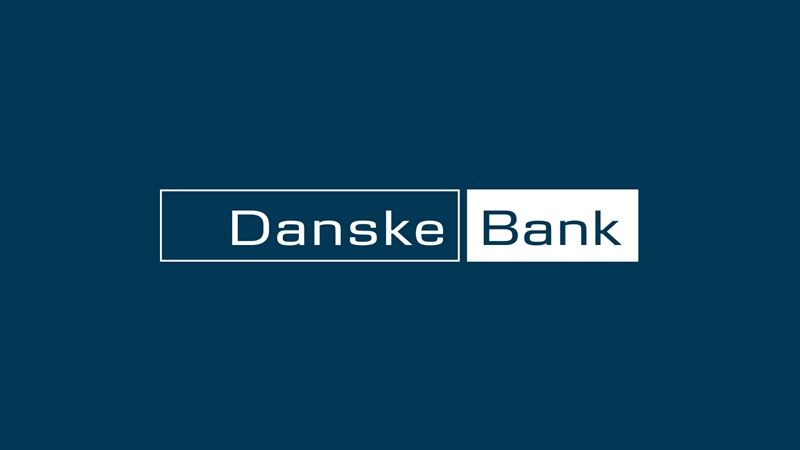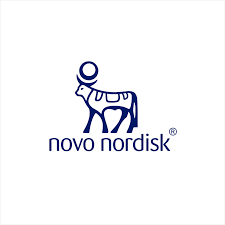Nordic cuisine is kind of a big deal. This is not only true this month, with the winter edition of Copenhagen Cooking in full swing as part of the Wondercool festival and people getting eye level with the gourmet end of food. It is true more generally, and has been for several years.
Take Noma. The sheer amount of press generated by that restaurant particularly, not to mention its international, award-winning fame, is a testimony to a general excitement surrounding Nordic food. And whereas a few years back Copenhagen had little – or at least much less – to offer the gastronomic community, today it contains more Michelin-starred restaurants than any other Scandinavian city. That is to say 12, by the way, of which Noma was last year the only one with two stars.
If you share some of the interest, and if you appreciate good food and artisanal drinks in the shape of informal quality-nibbling and quaffing, then the Copenhagen Food Tour is a wise investment. If you also happen to be the least bit curious about the city of Copenhagen and its history, breweries and entrepreneurs, then it’s a definite must-go. A multifaceted experience, this sure-footed and versatile introduction to Danish gastronomy, culture and history stirs both the senses and the sensibilities. And it packs a few jokes too.
The Food Tour is structured around a guided 4km walk around the city, starting at the centrally-situated Copenhagen Market Halls near Nørreport Station, and two or four hours later the city’s rich history will be nearly as unforgettable to you as what you’ve just tasted. Interesting culinary facts will deepen your appreciation of Danish cuisine and its mouthwatering delicacies (including Danish wine, beer and gourmet candy), and if you’re new to the city, you’ll soon be a whole lot smarter.
And it’s not just the city. Denmark’s more remote and rural regions will appear on your awareness radar, providing a feel for the whole country that’s rarely to be had on more generic guided walks. Quite probably, you’ll soon be hankering for the paradisiac island of Bornholm (way out east past Sweden) or sending fond thoughts to the heart of Jutland, which is wine country and the Danes’ only link to the continent.
Part of what distinguishes Danish and Nordic cuisine from other traditions is the emphasis on local ingredients and an appreciation of natural produce more or less as it comes. Excellent pork, seafood from the North or Baltic Sea, native game, wild mushrooms, fresh fruits and berries are all handled quite gently in order to preserve an inherent and original intensity of taste. Rye is as crucial to the preferred type of bread as that bread is to Danish culture and tradition (as the four-hour tour will demonstrate – and if you aren’t already a rye devotee there’s a good chance you will become one). Preparation is typically fairly straightforward, the results often healthy. Less is more in the Danish kitchen – unless of course you’re really hungry.
The users at Tripadvisor.com rank the Copenhagen Food Tour as the fifth most recommended Copenhagen activity out of 28. I can see why – the insights from the tour guide (ours was named Maria) are fascinating and memorable, and being a highly intelligent and skilled communicator, she is amply equipped to answer whatever questions come up along the way. Each member of my group of nine people seemed to find something to marvel at, comment on, converse about or commit to memory.
At no point was there a lull, a dead-end or a gap in the programme. Quite the contrary: the surprises kept coming. The micro-brewed beer from Nørrebros Bryghus was pure genius as a follow-up to the ambrosial open-faced sandwiches from Aamann (without tasting these, don’t leave the country), and a glowing sense of well-being became evident on everybody’s face. The food sampling locations, which vary ever so slightly according to season, were intelligently picked, diverse (ranging from gourmet cheese to ecological, high-quality fast-food), rich in history and often quite picturesque.
A little bit like Danish design, Nordic food can be seen as an artform whose aesthetic criteria are both traditional and subject to constant challenges and revision. Things got rolling about ten years ago when some of the world’s leading professional chefs hammered out the much talked-about ‘New Nordic Kitchen’ manifesto following an 18-hour symposium. Several of the dogmas are clearly also upheld by everyone bringing the Copenhagen Food Tour to life, including this: the aim to express the purity, freshness, simplicity and ethics that Danish chefs wish to associate with their region.
Enough talk! Food should be eaten and enjoyed – so get thee to an eatery. But before you go, remember this important advice: come on an empty stomach. There’ll be more than enough food to sample.
Copenhagen Food Tours
Torvehallerne, Frederiksborggade 21, Cph K; Tue-Sat, tours last two or four hours; tickets 300-600kr, non-tasting children: free adm, www.cphfoodtours.dk, 5012 3654; walking distance: 4km; dietary or religious requirements must be expressed in advance



